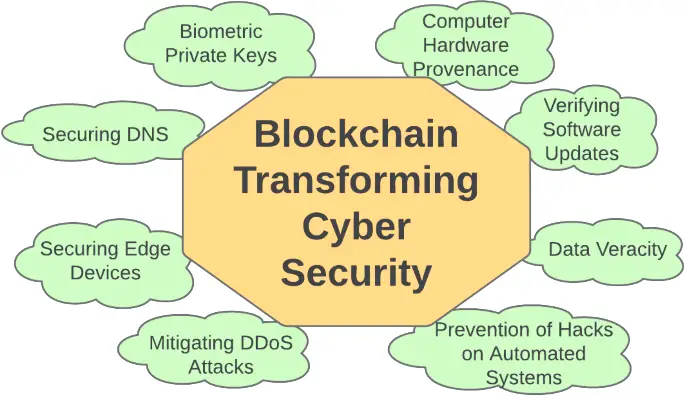crypto cybersecurity system: involves implementing measures to secure cryptocurrency assets and transactions from cyber threats. Here’s a step-by-step guide to help you establish a robust crypto cybersecurity system:
Educate Your Team:
Ensure that your team is well-educated about the basics of cryptocurrencies, blockchain technology, and common cyber threats in the crypto space. Continuous training is crucial to stay updated on the latest security measures.
Secure Wallets:
Choose secure wallets for storing cryptocurrencies. Hardware wallets, such as Ledger or Trezor, are considered more secure than software wallets. Encourage the use of wallets with advanced security features like multi-signature authentication.
Implement Multi-Signature Authentication:
Multi-signature (multi-sig) wallets require multiple private keys to authorize a transaction. This adds an extra layer of security by preventing a single point of failure. Consider implementing multisig for critical transactions and fund management.
Regular Security Audits:
Conduct regular security audits to identify and address vulnerabilities in your systems. This includes code reviews, penetration testing, and vulnerability assessments. Engage with third-party cybersecurity experts to ensure a thorough evaluation.
Secure Communication:
Use encrypted communication channels to protect sensitive information. Implement secure communication protocols such as HTTPS for your website and ensure that all communication between team members is encrypted.
Protect Against Phishing Attacks:
Educate your team and users about phishing threats. Implement anti-phishing measures such as email authentication (DKIM, SPF, DMARC), and advise users to verify the legitimacy of websites and communications.
Firewall and Intrusion Detection System (IDS):
Set up firewalls and intrusion detection systems to monitor network traffic and detect suspicious activities. Configure these systems to automatically respond to potential threats and block unauthorized access.
Cold Storage for Long-Term Storage:
For long-term storage of significant amounts of cryptocurrency, consider using cold storage solutions. These are offline wallets that are not connected to the internet, making them less susceptible to hacking attempts.
Regular Software Updates:
Keep all software and systems up-to-date with the latest security patches. Regularly update wallets, operating systems, and any other software used in your crypto infrastructure to patch known vulnerabilities.
Incident Response Plan:
Develop a comprehensive incident response plan to address any security breaches promptly. This plan should include steps for identifying, containing, eradicating, recovering, and documenting security incidents.
Legal Compliance:
Stay compliant with relevant regulations and legal requirements in the cryptocurrency space. This includes data protection laws, anti-money laundering (AML) regulations, and other industry-specific standards.
Insurance Coverage:
Consider obtaining cybersecurity insurance to mitigate financial losses in the event of a security breach.
